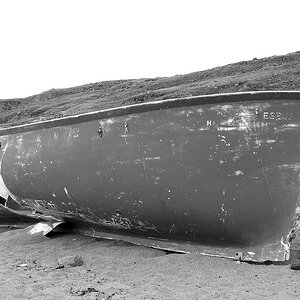Buckster
In memoriam
- Joined
- Sep 14, 2009
- Messages
- 6,399
- Reaction score
- 2,341
- Location
- Way up North in Michigan
- Can others edit my Photos
- Photos NOT OK to edit
One thing that putting a copyright notice or watermark on your photos can do for you is that if your work is registered with the copyright office, and you then go on to sue someone who's infringed, and they've removed that notice or watermark, it seriously bolsters your case because it proves willful infringement, and that can mean more money in the settlement.


![[No title]](/data/xfmg/thumbnail/37/37413-e579e9da185db973d8cb34300b9f0eb9.jpg?1619738059)










![[No title]](/data/xfmg/thumbnail/32/32810-094482c1ef1c76eae62a96107013a72e.jpg?1619735669)